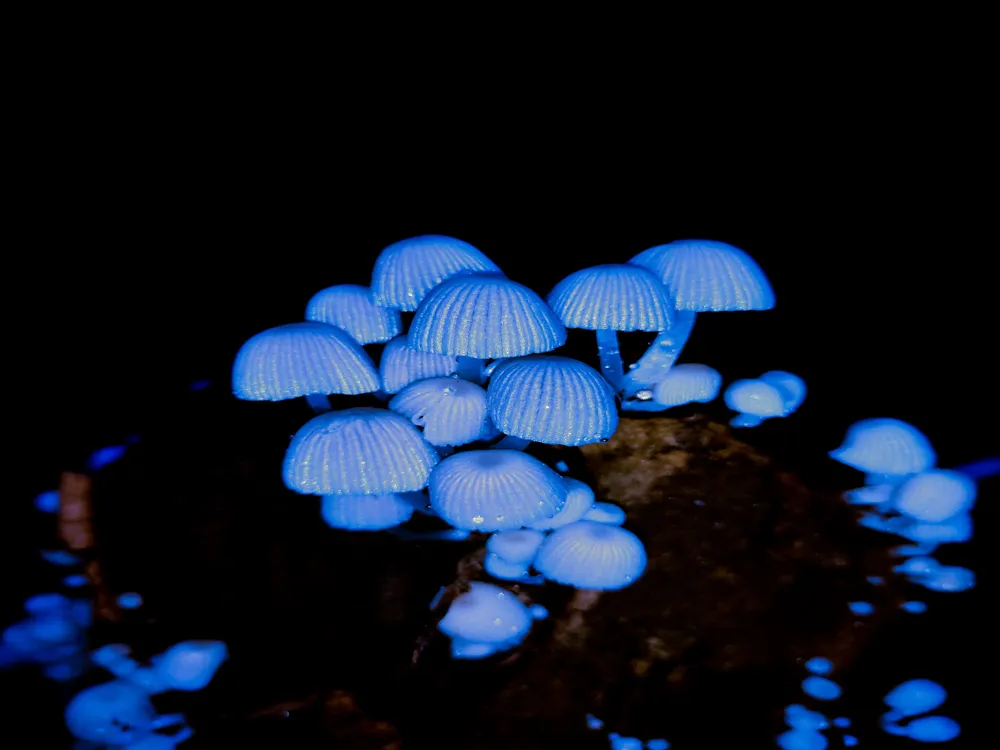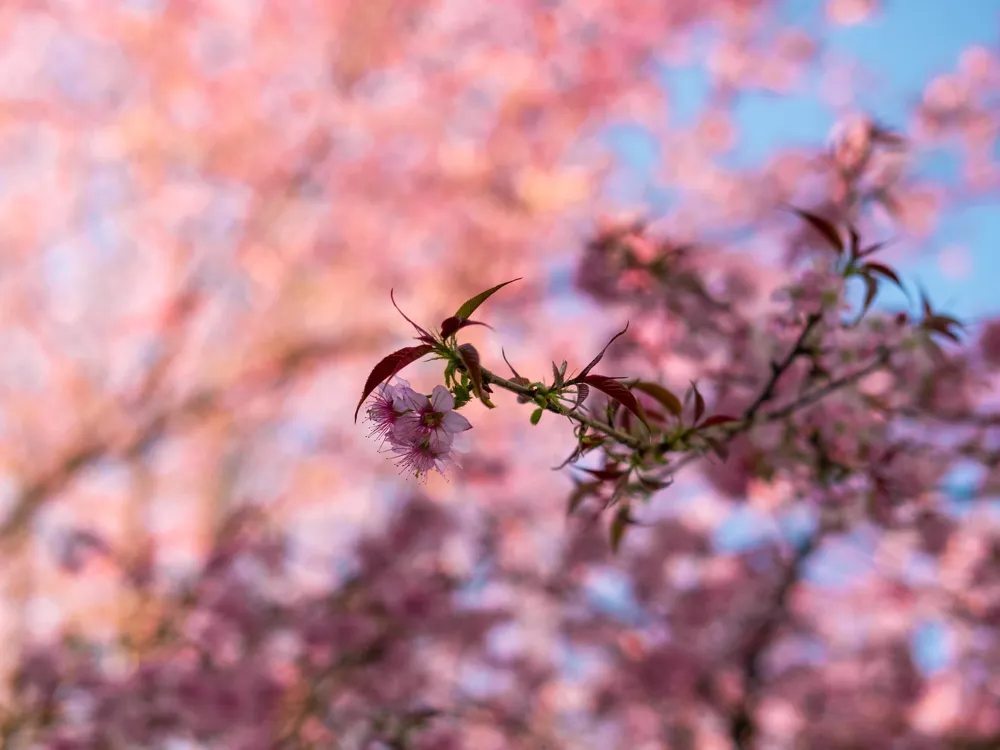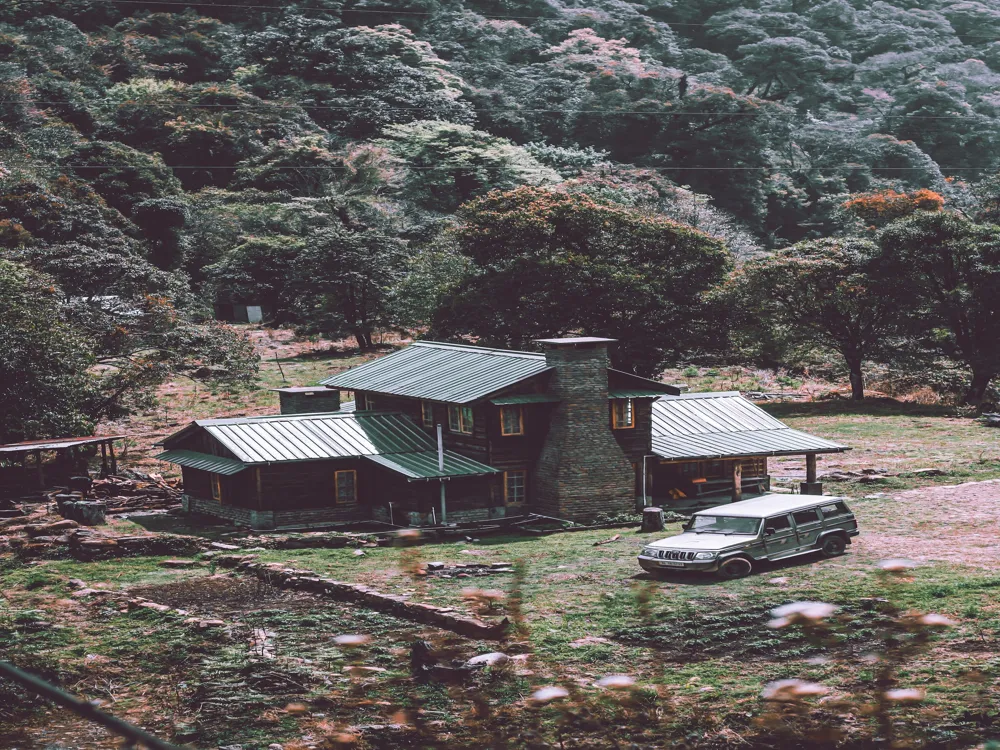Nimati Ghat, a serene and picturesque river port located in Jorhat, Assam, is a hidden gem in the northeastern part of India. Nestled on the banks of the mighty Brahmaputra River, this ghat holds a special place in the heart of Assam's culture and history. Known for its tranquil beauty and the rhythmic flow of the Brahmaputra, Nimati Ghat offers a unique blend of natural splendor and cultural richness, making it an essential destination for anyone exploring Assam. The ghat's history is deeply intertwined with the cultural and economic development of Assam. Historically, Nimati Ghat has been a crucial point for riverine trade and transportation. The ghat has witnessed many significant events and has been a silent spectator to the changing dynamics of Assam's socio-cultural landscape. Today, it stands as a testimony to the region's rich heritage, attracting tourists and locals alike who come to soak in its peaceful ambiance and enjoy the stunning views of the sunset over the river. What makes Nimati Ghat truly special is its unspoiled natural beauty. The ghat is surrounded by lush greenery, with the Brahmaputra's waters reflecting the sky's changing colors. The sight of traditional Assamese boats, locally known as 'Bhotbhotis', gliding over the river, adds to the ghat's charm. The local fishermen, with their unique fishing techniques and traditional nets, provide a glimpse into the region's age-old practices and dependence on the river for livelihood. Nimati Ghat is not just about picturesque landscapes; it's a cultural hub too. The ghat serves as the primary access point for Majuli Island, the world's largest river island and a significant cultural site. This proximity to Majuli allows visitors to experience the vibrant cultural tapestry of Assam, including its famous classical dance forms, folk music, and festivals. The ghat becomes particularly lively during festivals like Bihu, when the air is filled with the beats of traditional drums and the melodies of folk songs. In conclusion, Nimati Ghat in Jorhat is more than just a scenic spot; it's a living museum that offers insights into Assam's rich history, culture, and natural beauty. A visit to this ghat is a journey through time, offering a blend of tranquility, beauty, and cultural richness. The architecture of Nimati Ghat is a fascinating amalgamation of traditional Assamese and colonial influences, reflecting the region's historical and cultural evolution. The ghat's design and structure are not just functional but also symbolic, representing the confluence of human ingenuity and natural beauty. At the heart of Nimati Ghat's architecture is its iconic jetty, extending into the Brahmaputra. This jetty is built using local materials and traditional techniques, showcasing the indigenous architectural style of Assam. The wooden planks and bamboo structures give the jetty a rustic charm, blending seamlessly with the natural surroundings. The jetty is not just a docking point for boats but also a vantage point for visitors to witness the panoramic views of the Brahmaputra and its banks. Around the jetty, one can observe small pavilions and seating areas where locals and tourists can relax and enjoy the river's beauty. These structures are designed with a keen sense of aesthetics, featuring intricate woodwork and Assamese motifs. The use of thatched roofs and bamboo in these pavilions is a nod to the traditional Assamese architectural style, known for its sustainability and harmony with nature. The colonial influence on Nimati Ghat's architecture is evident in some of the older buildings near the ghat. These structures, built during the British era, display a blend of colonial and Assamese architectural styles. The use of brick and stone, along with the traditional Assamese design elements, creates a unique architectural narrative that speaks volumes about the region's history and its interactions with the outside world. In summary, the architecture of Nimati Ghat is a testament to the region's rich cultural heritage and its relationship with the natural environment. The ghat's design, characterized by traditional Assamese elements and colonial influences, not only serves its functional purpose but also adds to the aesthetic and cultural value of this beautiful riverside destination. The ideal time to visit Nimati Ghat is between November and March, when the weather is pleasant, and the river is calm, offering clear views of the surrounding landscapes. Nimati Ghat is well-connected by road. Visitors can hire taxis or use public transport from Jorhat City. Ensure to check the ferry schedules if planning to visit Majuli Island. While there are limited accommodation options near Nimati Ghat, Jorhat City offers a range of hotels and guesthouses catering to different budgets and preferences. Respect local customs and traditions. Dress modestly and be mindful of cultural sensitivities, especially when interacting with locals or visiting religious sites. Always prioritize safety, especially near the river. Follow the guidelines provided by the authorities, and be cautious while taking boat rides. Nimati Ghat is located in Jorhat, Assam, and is easily accessible by various modes of transportation. The nearest airport is the Jorhat Airport, from where one can hire taxis to reach the ghat. For those preferring rail travel, Jorhat has a railway station well-connected with major cities. Road connectivity is excellent, with regular bus services and taxi options available from Jorhat city and neighboring areas. For a more local experience, one can also opt for shared autos or rickshaws. The ghat itself is the gateway to Majuli Island, with regular ferry services available for crossing the river. Read MoreOverview of Nimati Ghat, Jorhat, Assam
Architecture of Nimati Ghat
Tips When Visiting Nimati Ghat
Best Time to Visit
Transportation and Accessibility
Accommodation Options
Local Etiquette and Customs
Safety and Precautions
How To Reach Nimati Ghat
Nimati Ghat
Jorhat
Assam
₹ 6,000 onwards
View jorhat Packages
Jorhat Travel Packages
View All Packages For Jorhat
Top Hotel Collections for Jorhat

Private Pool

Luxury Hotels

5-Star Hotels

Pet Friendly
Top Hotels Near Jorhat
Other Top Ranking Places In Jorhat
View All Places To Visit In jorhat
View jorhat Packages
Jorhat Travel Packages
View All Packages For Jorhat
Top Hotel Collections for Jorhat

Private Pool

Luxury Hotels

5-Star Hotels

Pet Friendly






















